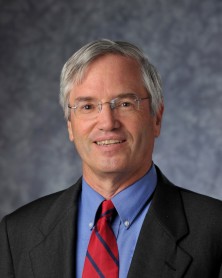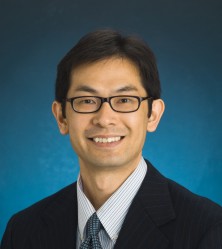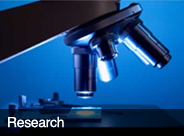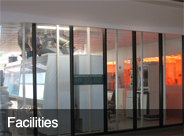Professor Gregory Timp, PhD

Gregory Timp received the Ph.D. degree in electrical engineering from Massachusetts Institute of Technology, Cambridge, in 1984 under the supervision of M. Dresselhaus. From 1984 to 1986, he was a Postdoctoral Fellow in low temperature transport and nanostructure physics at IBM with A. Fowler. In 1986, he joined Bell Laboratories, where he was engaged in the research on nanostructure physics. As part of one collaboration, he investigated low temperature transport in electron waveguides and high mobility nanostructures, which was so short that the transport is ballistic. In another effort, he explored the use of optical traps and laser focusing of single atoms for lithography applications. From 2000 to 2009, he was a Member in the Department of Electrical and Computer Engineering and the Beckman Institute for Advanced Science and Technology at the University of Illinois, Urbana. He is currently the Keough-Hesburgh Professor of electrical engineering and biological sciences at the University of Notre Dame, Notre Dame, IN, where he has been involved in the research on the boundary between biology and nanoelectronics. His research interests include using nanopore sensors to detect the electronic structure of biomolecules and using optical tweezers to manipulate nanoparticles and living cells into large arrays, and super high frequency >30 GHz circuit design using radio frequency MOSFETs.
View Professor Timp's full CV here.
Professor Tetsuya Tanaka, PhD

Tetsuya Tanaka received the Ph.D./D.Sc. degree in developmental biology from Osaka City University, Osaka, Japan in 1997 under the supervision of Dr. Kohji Ikenishi. While trained as a postdoctoral fellow at the National Institute on Aging/NIH (1998-2003) and the University of Toronto (2003-2006), he developed his expertise in cDNA microarray analysis and genetic manipulation of mouse embryonic stem cells (ESCs). From 2006 to 2012, he was hired as an Assistant Professor at the University of Illinois at Urbana-Champaign. Since then, his research focus is to understand the molecular basis of the cell fate decision and the tumor-like growth of pluripotent stem cells (PSCs). His research team has demonstrated that cell-substrate interactions play an essential role in the self-renewal of PSCs and that the chemical composition of culture media determines the tumor-like growth of PSCs. Furthermore, his group reported possible roles of two transcriptions factors in the cell fate decision or in the self-renewal and tumor-like growth of mouse ESCs. In 2012, he was hired as a Research Associate Professor at the University of Notre Dame and affiliated with two departments (Biological Sciences and Chemical and Biomolecular Engineering) to be a nexus between biologists and engineers. Recently, in collaboration with Professor Timp, they have successfully demonstrated that a nanometer-diameter pore can be used to electroporate single mammalian cells with a known number of DNA molecules.




